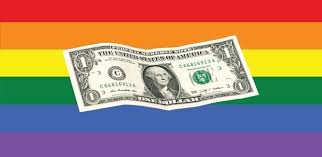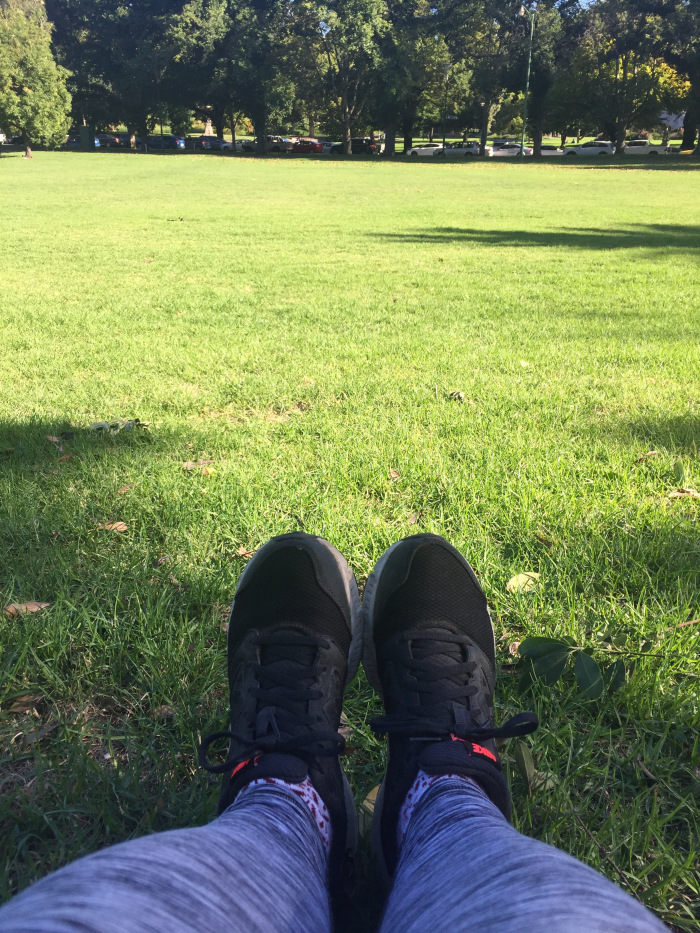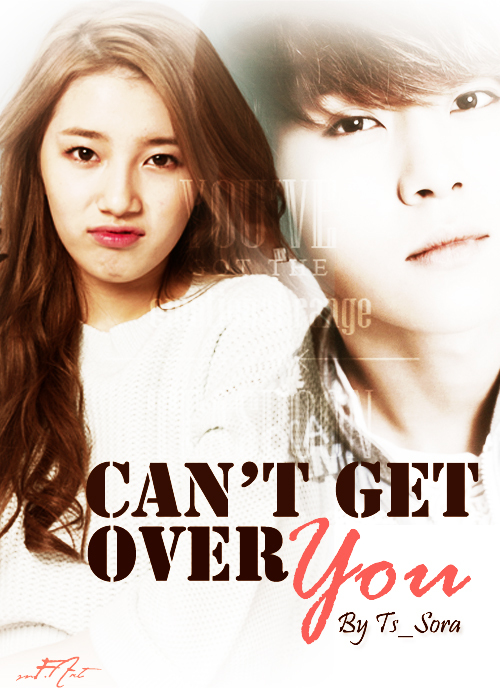
In the early 1970s, with the cresting of the civil rights wave and the growing prominence of African-American public figures, there was a brief flourishing of “Black is Beautiful” styles: hip white people sported Afros, said “Right on,” and adapted other perceived expressions of black dress and black thought. Today you can see equivalent gestures of solidarity made towards the LGBTQ movement, with politicians marching in Pride parades, conspicuously virtuous cineastes endorsing gay-themed films like Carol and Call Me By Your Name, and a busy trade in rainbow-striped flags and other accessories. But whereas the well-meaning folks wearing “Black is Beautiful” t-shirts weren’t really confused about their true ethnicity, the well-meaning folks taking Queer Studies courses and using genderless pronouns may really be confused about their true sexuality. That’s new, and that’s a problem.
For all the attention given to gay issues in recent decades, there is still no firm consensus on the percentage of humans who are inherently homosexual, or, indeed, on the percentage of any individual human personality which may hold homosexual feelings. Is sexual orientation fixed at birth, or shaped by upbringing? Or a combination of both? Is gender only a construct, or is it determined by hormones and physiology? Or a combination of both? Moreover, these questions raise disconcerting possibilities for both the family values lobby and LGBTQ activists. If preference is built into us from conception, then conservatives must accept that gay people cannot change their God-given essences (so anti-gay discrimination is bigotry), but gay advocates must admit that homosexuality is a comparatively rare fluke of nature (which deserves more sympathy than celebration). Conversely, if preference develops through environmental factors, then traditionalists must acknowledge that everyone, including themselves, harbours homosexual instincts which might emerge with the right stimuli, but LGBTQ supporters have to concede that their orientation is no more than an acquired taste which deserves no special treatment under the law. Personal sexual behaviour can certainly change over an evening or a lifetime, as anyone who’s lived in a Victorian boarding school or a maximum-security prison can attest, but what exactly are sexual identities, and should there be discrete communities of them?
Well, there can sure be discrete markets. In his 1998 book The Conquest of Cool, Thomas Frank argued that the societal upheavals of the 1960s and later were driven, or at least reinforced, by advertising – ubiquitous campaigns which urged people to “Think Different” (Volkswagen) or drink “the Un-cola” (7-Up). So if there was a booming drug underground in the era, for example, there were also Cheech & Chong, the Doobie Brothers, and High Times magazine to make drugs a little more mainstream, and to not incidentally profit from their popularity. Likewise, it’s not so much that contemporary generations are spontaneously embracing gender fluidity and gay pride, but that a whole industry of pundits, artists, and educators has been energetically promoting LGBTQ ideas to a receptive audience and potential customers.
That’s not necessarily bad; after all, sanctioned cannabis use has solid medical and legal arguments in its favour, no matter any exploitation by Cheech & Chong or the Doobie Brothers. But it must be recognized that much of what seems like organic evolution is abetted by commerce, academic fashion, and media opportunism. Adolescents who decide to identify as gay or transgender might imagine they have been liberated, but they may just as likely be unwitting suckers for an intellectual and journalistic hype. In other contexts, contrived political campaigns have been exposed as “Astroturf” – supposedly grassroots, but really engineered by greedy corporations – and I wonder if the current preoccupation with LGBTQ causes, and the current coolness of self-defined LGBTQ people, will be subject to a similar scrutiny. The same forces that once persuaded suburban white kids to wear Afros and say “Outtasite” are now persuading suburban straight kids to wear rainbow pins and think of themselves as “nonbinary.” There’s no sinister agenda behind this, but nor is there an authentic populist uprising, either. In a culture so determined to value difference, it’s inevitable that there will emerge economic and social incentives to claim it.
Advertisements Share this:





